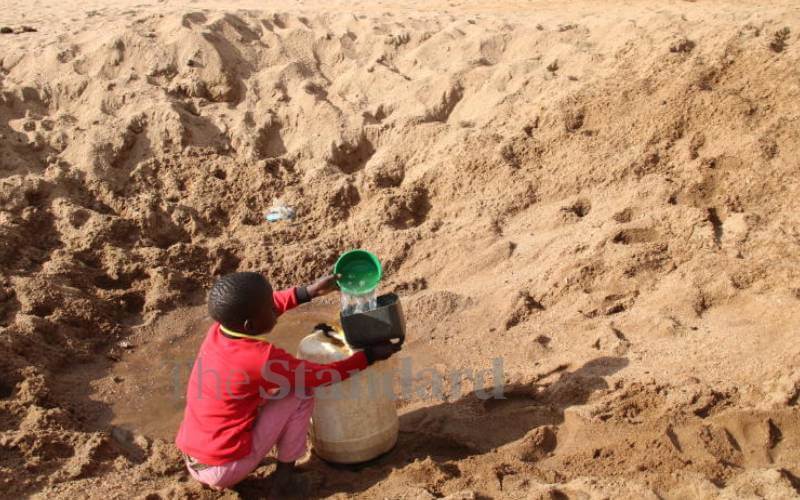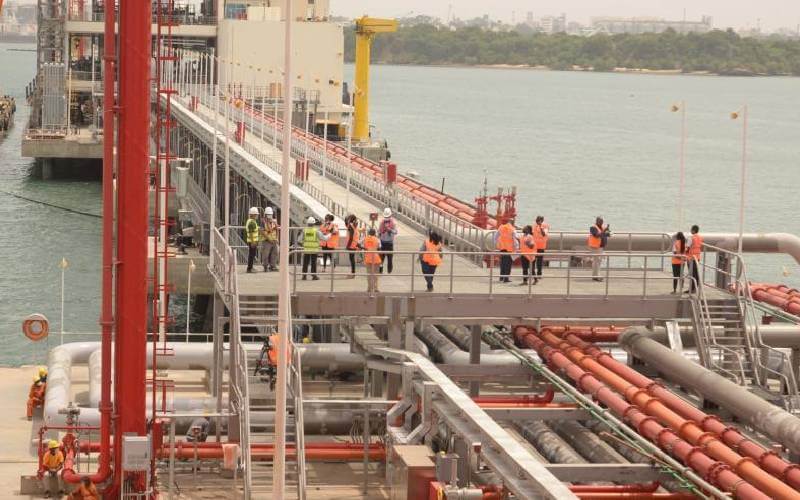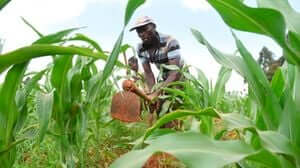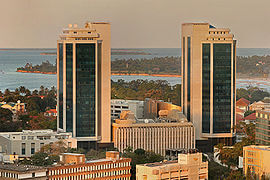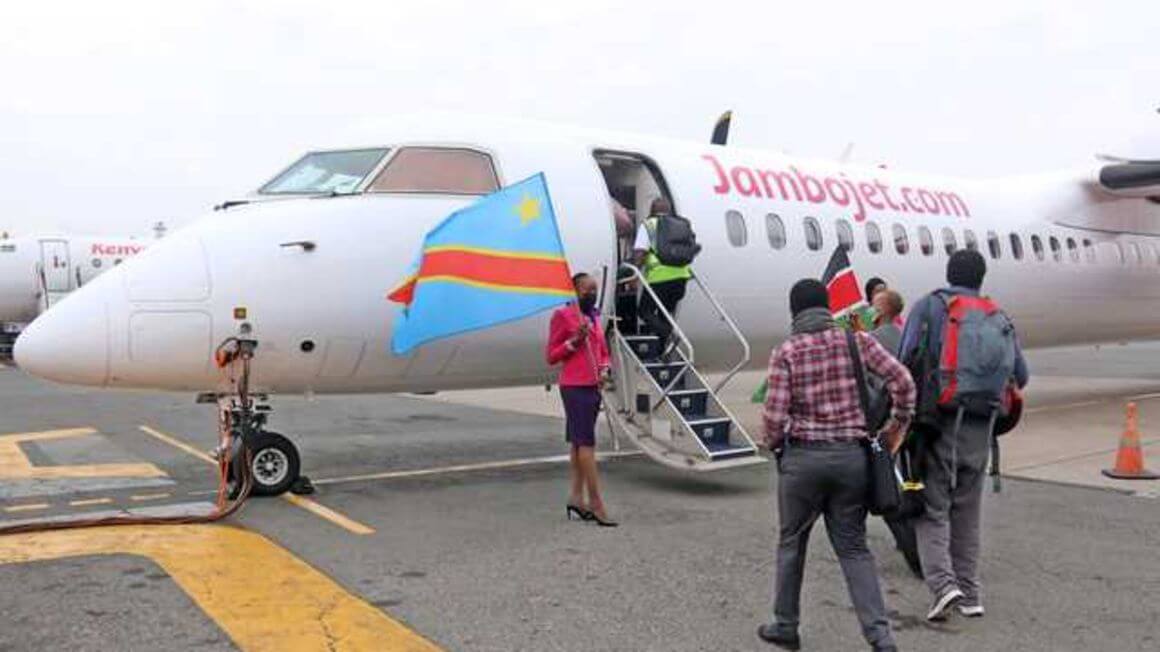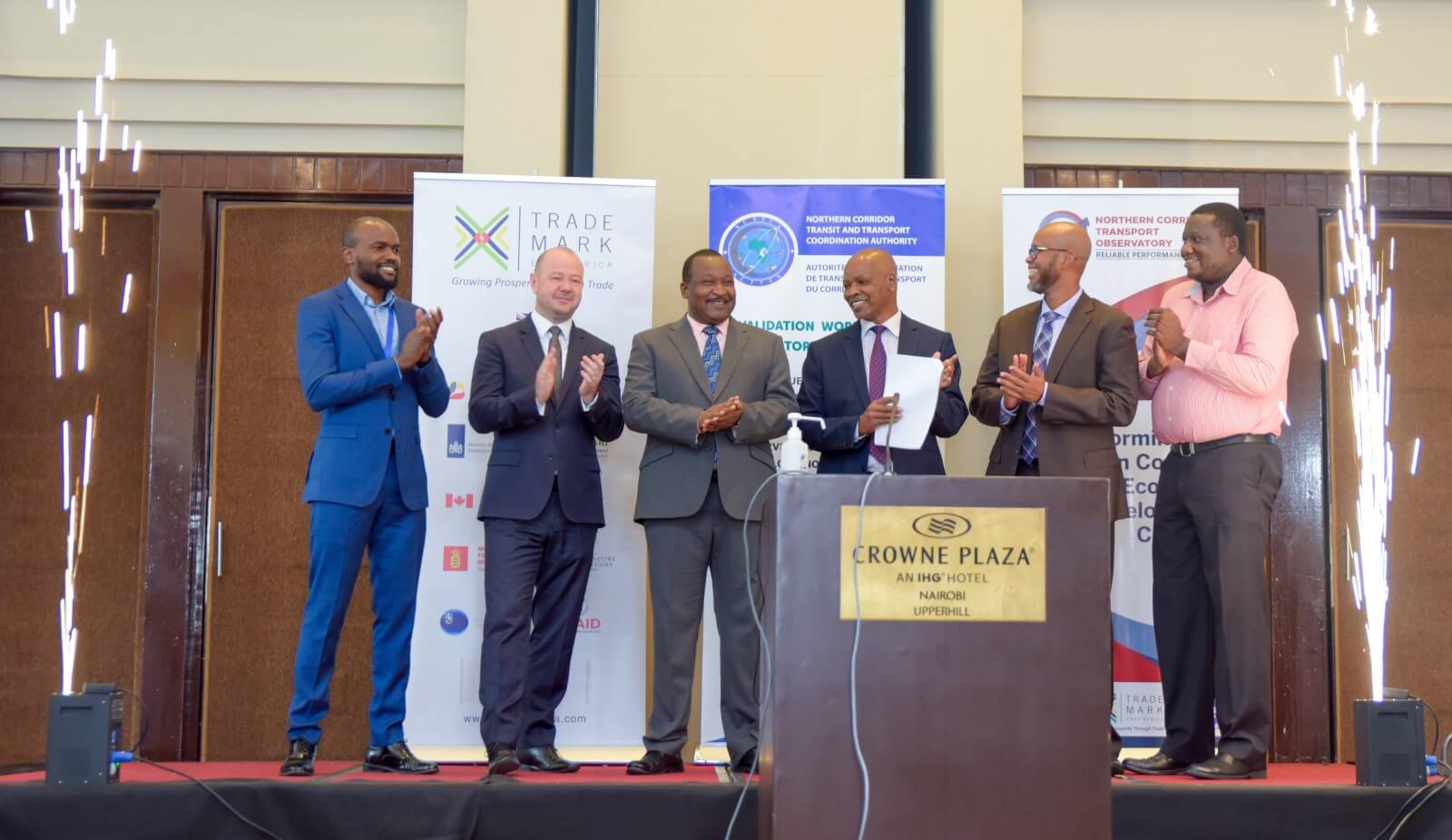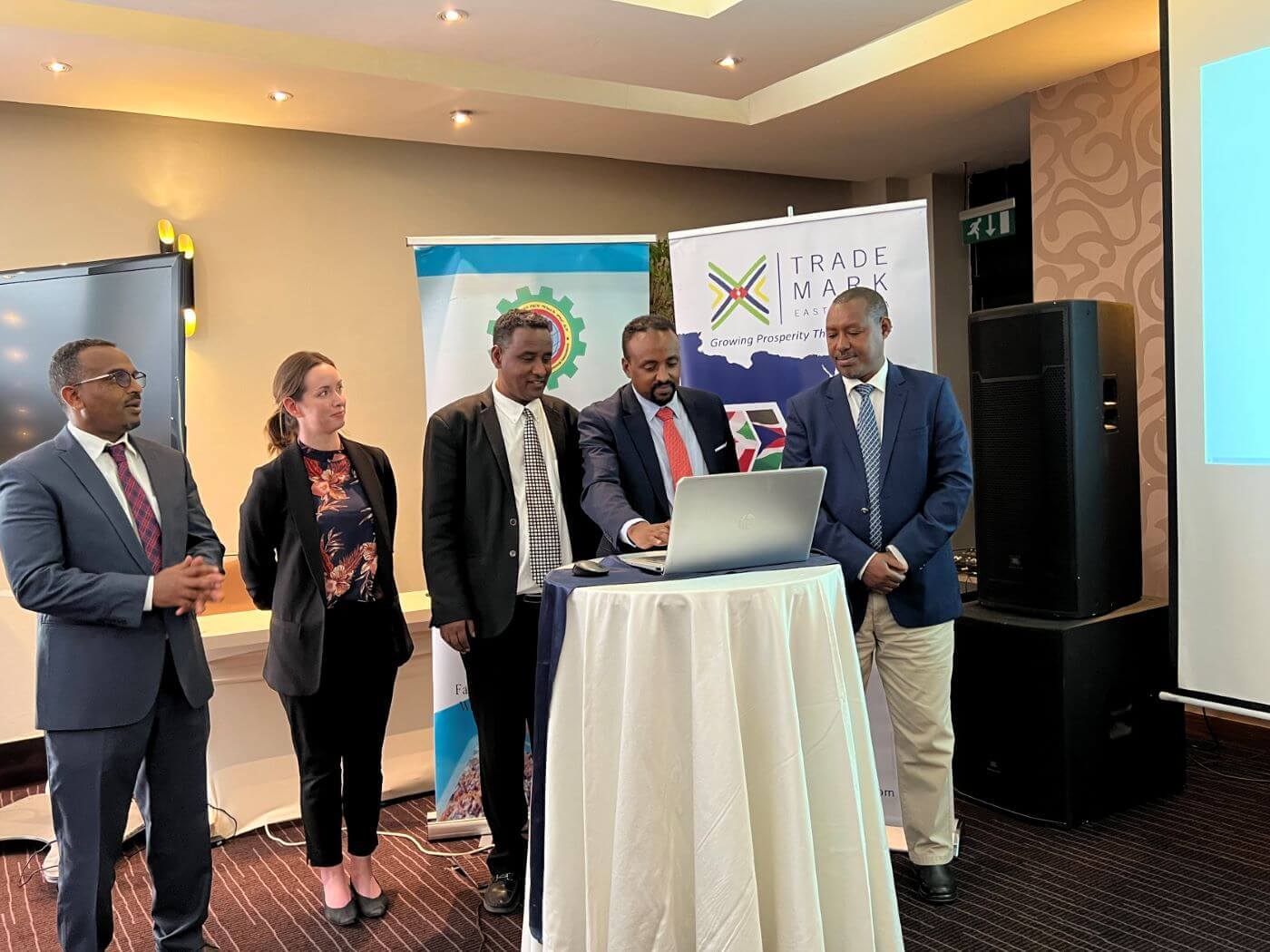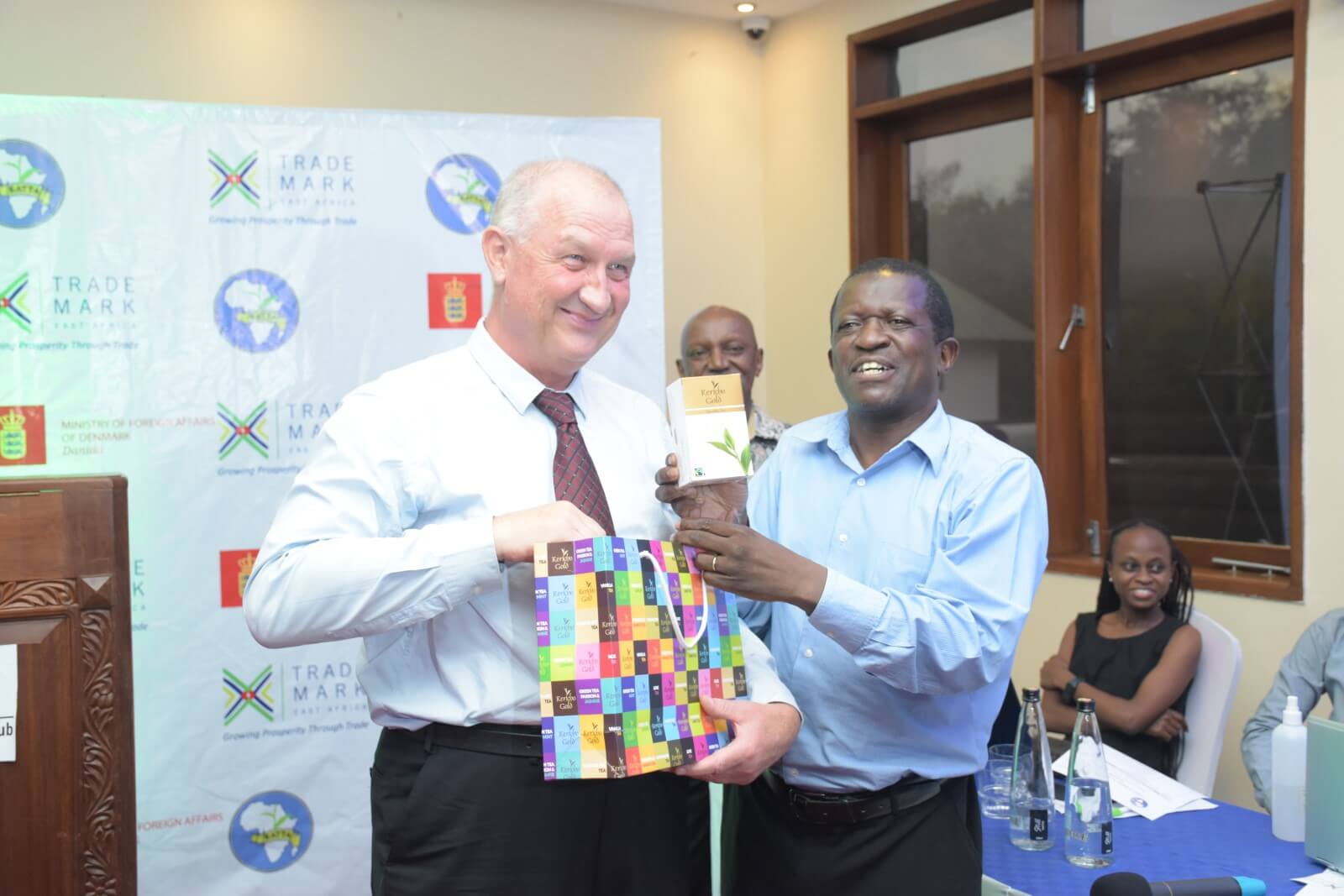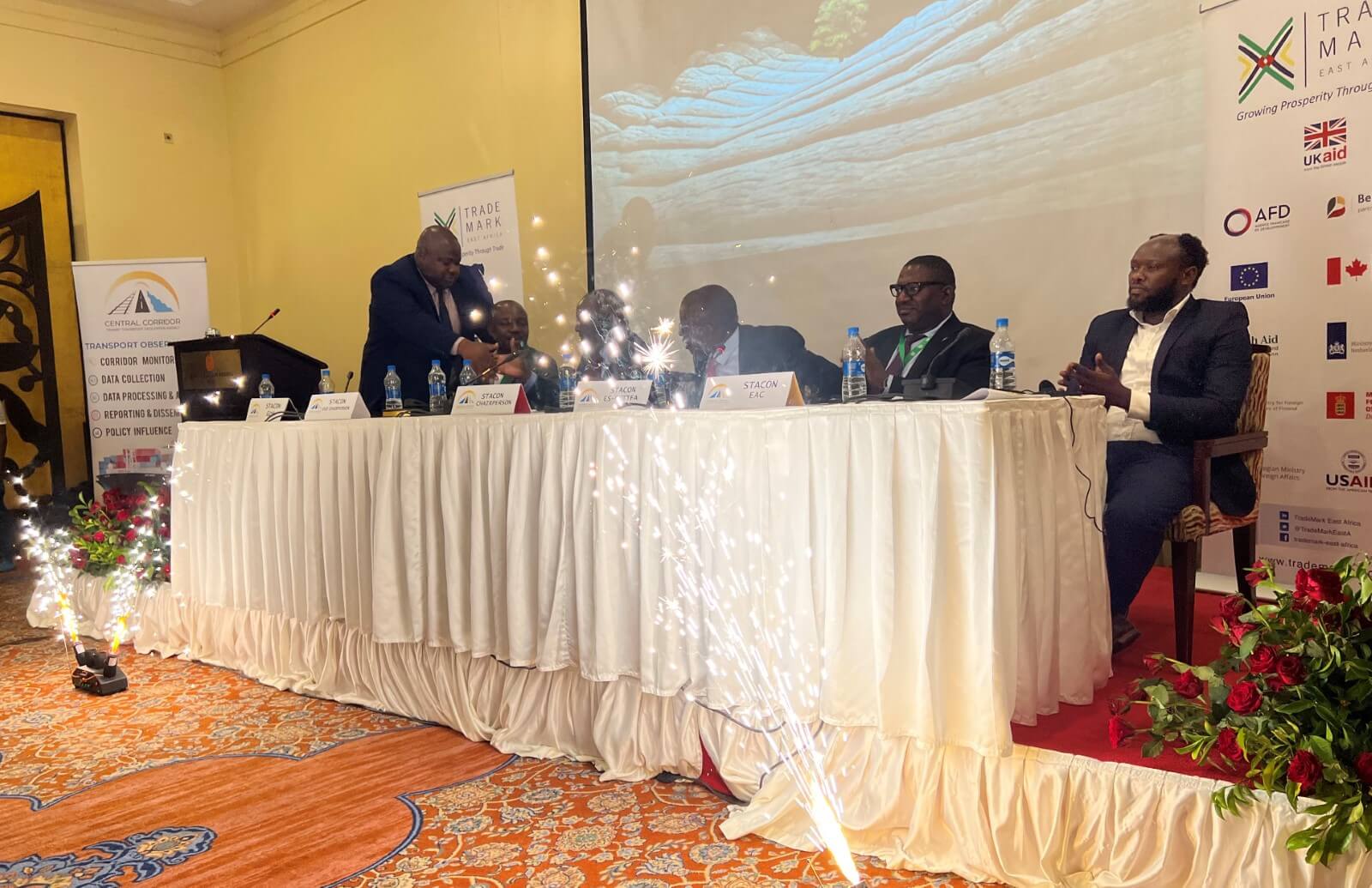Kenya is witnessing an extended drought, and it is becoming evident that climate change is now directly and significantly affecting local livelihoods. The country is only about 20 per cent arable, making it highly vulnerable to extreme weather events such as high temperatures, droughts and floods, which have grave implications on food security, economic growth, and social stability. Urgent action is needed to build the resilience and adaptive capacities of sectors and communities to cope with climate change impacts and spur sustainable growth. The Kenyan government estimates that US$44 billion is needed by 2030 to implement various adaptation interventions across key sectors. Despite this significant financing need, a report published on the landscape of climate finance in Kenya shows that much of the funds that flowed into the country in 2018 were directed towards mitigation action (79.8 per cent), and mainly for renewable energy projects. Only 11.7 per cent of financing was for adaptation, while the remaining 8.5 per cent went towards cross-cutting issues. This low investment, coupled with competing development priorities and lowered economic growth due to the impacts of Covid-19, makes raising the needed resources for adaptation action an uphill task. But it must be done. For a long time, Kenya has depended on aid and grants to finance actions that address climate change impacts. These are largely designed as emergency responses, and have proven to be unsustainable. The need to find alternative, innovative and long-term strategies to raise adaptation finance is glaring. How can this be achieved?...
Kenya needs a new framework for financing climate adaptation
Posted on: April 19, 2022
Posted on: April 19, 2022

